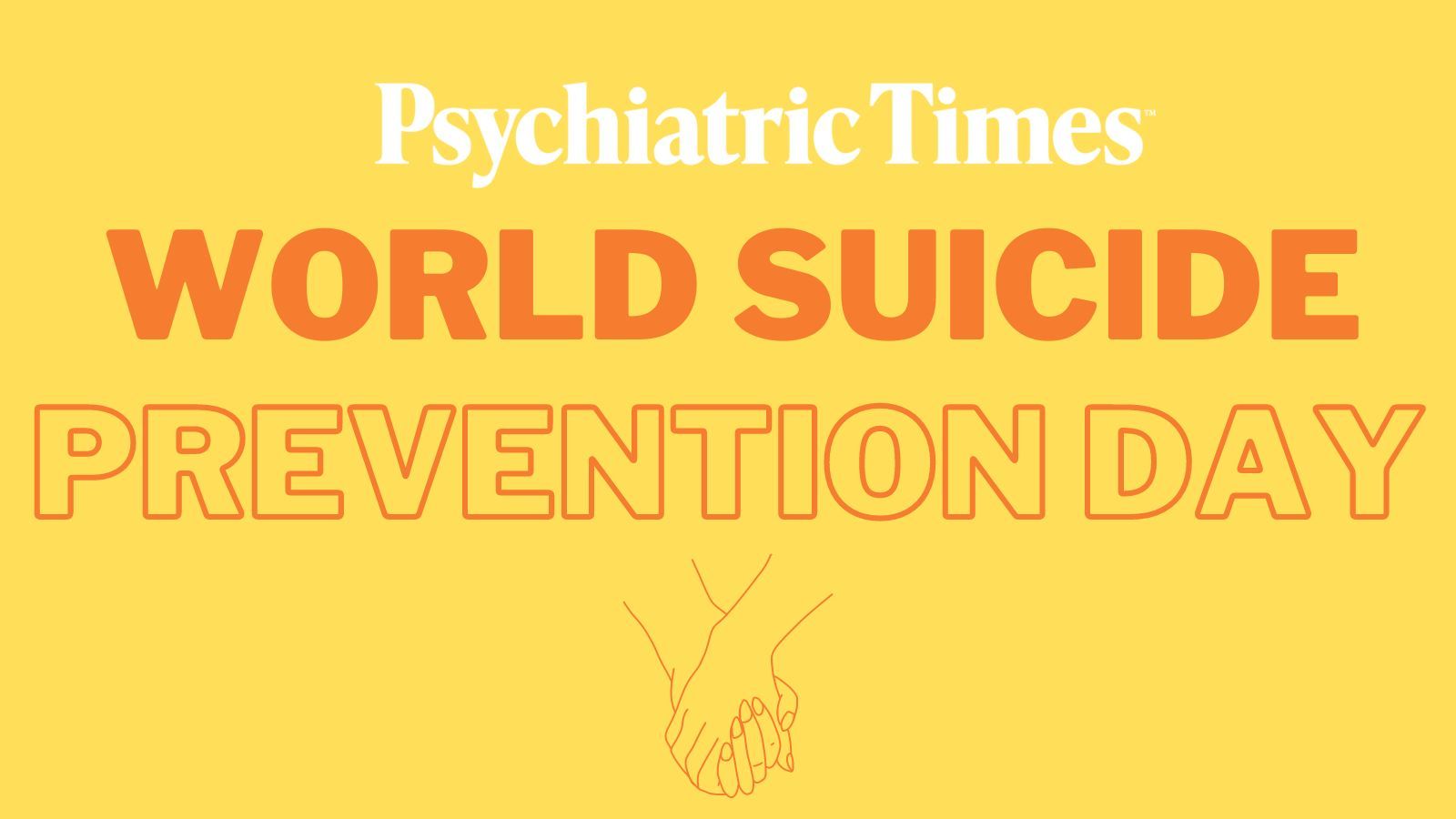News
Article
In Honor of World Suicide Prevention Day
Author(s):
Today is World Suicide Prevention Day. Take a look at our latest content on suicide.
World Suicide Prevention Day

Today is World Suicide Prevention Day. The triennial theme for 2021-2023 is “Creating Hope Through Action.” You, as mental health clinicians, serve as powerful allies and support for those experiencing suicidal thoughts or ideation, creating hope.
According to the World Health Organization, this day “aims to focus attention on the issue, reduces stigma, and raises awareness among organizations, governments, and the public, giving a singular message that suicides are preventable.”1 In honor of that goal, we have gathered our latest content on suicide and suicide prevention for your convenience.
Psychiatrists as Partners in Suicide Prevention for Pediatric Medical Settings
By Lisa M. Horowitz, PhD, MPH; Patrick C. Ryan, BA; and Maryland Pao, MD
Mental health clinicians are essential partners in providing vital support to help save young lives who are uniquely positioned to bolster novel suicide prevention efforts in medical settings. Youth with suicidal ideation can be identified in pediatric primary care, EDs, and inpatient medical units and connected with psychiatrists who can administer much needed collaborative, culturally responsive mental health care.
Sleep Problems, Suicidal Ideation, and Psychopathology in First-Episode Psychosis
By Brian Miller, MD, PhD, MPH
Researchers investigated relationships between sleep problems, suicidal ideation, and psychopathology in patients with first-episode psychosis. They found that sleep problems at any point were associated with a more than 3-fold increased odds of concurrent suicidal ideation. Furthermore, participants with persistent sleep problems were almost 14 times more likely to endorse suicidal ideation at least once over the study than those without sleep problems.
A Year of 988: The First Step in a Long Journey
By Leah Kuntz
One year after the launch of 988, how has the National Suicide Prevention Lifeline expanded and shifted? The Lifeline received a drastic increase in contacts: over 5 million, with more than 1.43 million calls, 416,000 chats, and 281,000 texts. Benefits include decreased wait times, better text response, and target group specificity. Potential problems include area code issues, lack of quality consistency, uncertain expectations, and the need for more funding.
By Bob Gebbia
To celebrate the official 1-year anniversary of the National Suicide Prevention Lifeline's new number, 988, Bob Gebbia, CEO of the American Foundation for Suicide Prevention, sat down to discuss this important step in crisis mental health.
Disordered Sleep Linked to Increased Risk of Suicide in Youth
By Kenneth Bender, PharmD, MA
A recent analysis of emergency department (ED) records revealed that youth who experience disrupted or disordered sleep were found to be at increased risk for suicidal thoughts and behaviors. Sleep disorders occurred in 2.91% (95% CI: 2.189-3.88) of ED visits with suicidal ideation, and in 1.73% (1.30-2.28) of those with suicide attempts. The rates of suicidal were 46% higher in youth with sleep and mood disorder diagnoses, and 47% higher with sleep and psychotic disorder, compared with those without a sleep disorder.
Students Struggling With Suicide
By Leah Kuntz; Jill M. Harkavy-Friedman, PhD
The senior vice president of research at the American Foundation for Suicide Prevention addressed students and suicide in the back-to-school season. What resources are available for youths and their families, and how can mental health clinicians act as guides?
Are you interested in writing about suicide/suicide prevention? Email us at PTEditor@MMHGroup.com.
Reference
1. World Suicide Prevention Day 2023. World Health Organization. Accessed September 8, 2023. https://www.who.int/campaigns/world-suicide-prevention-day/2023






